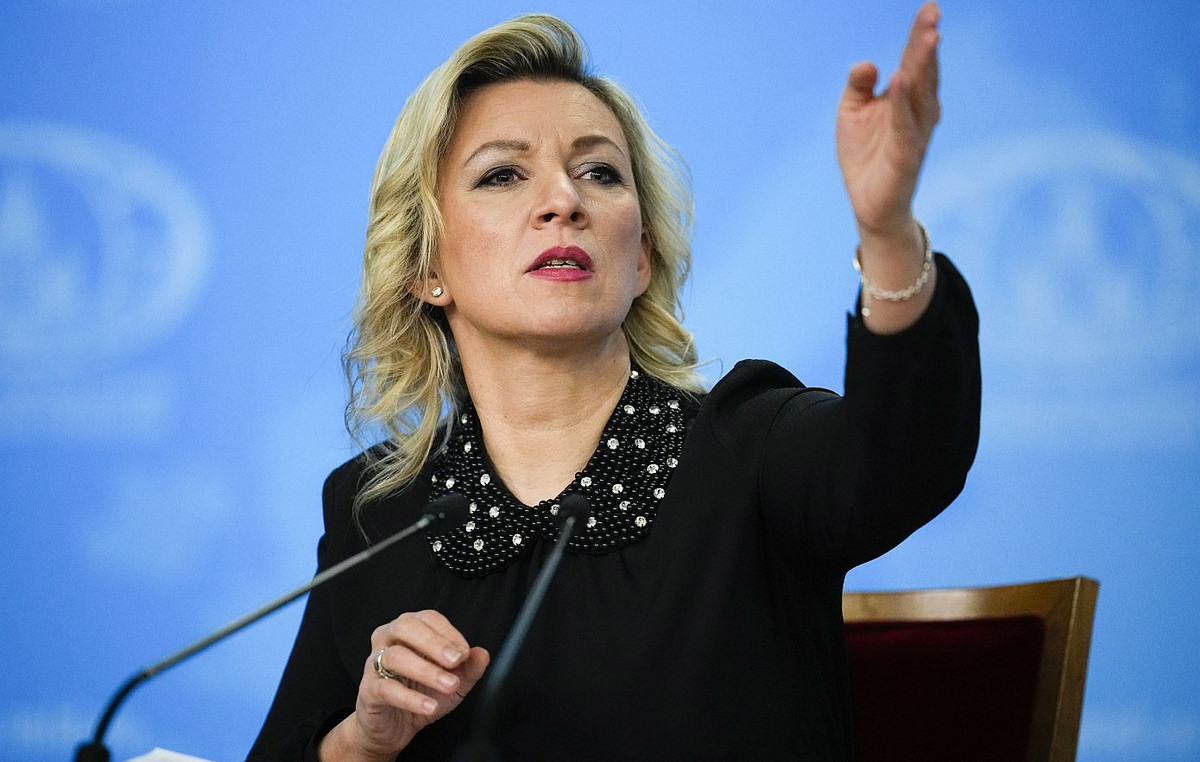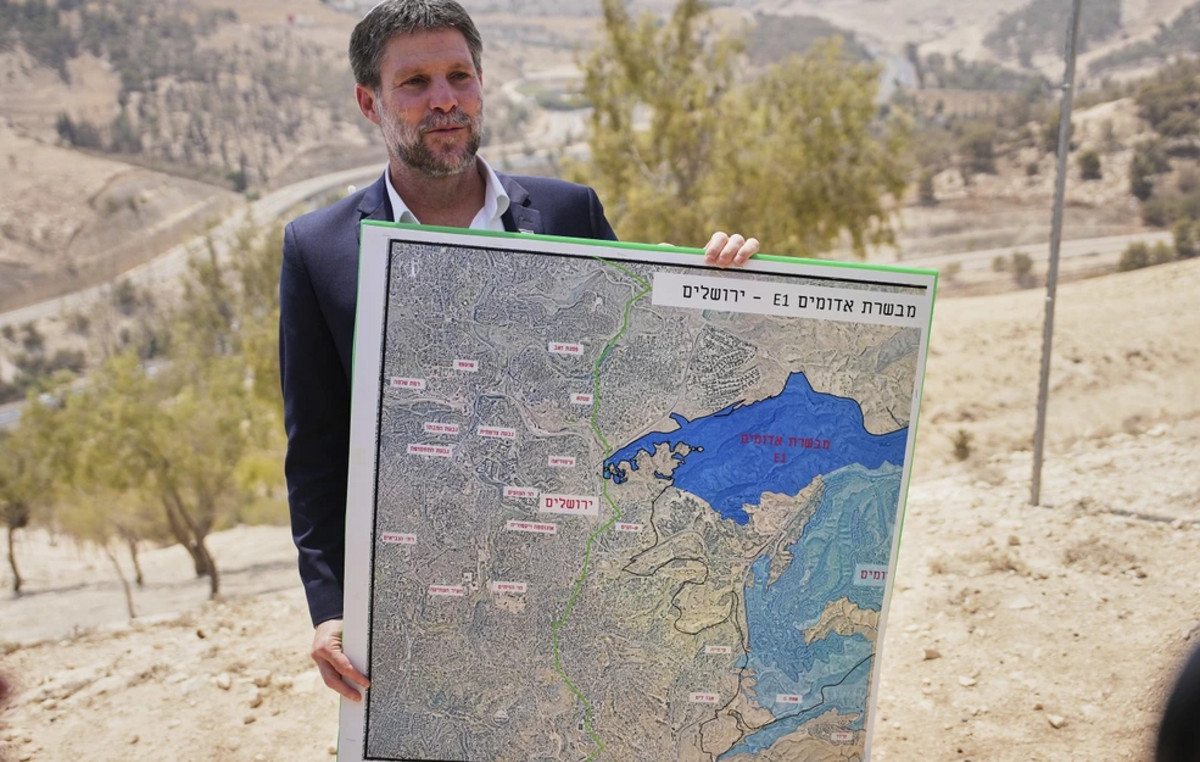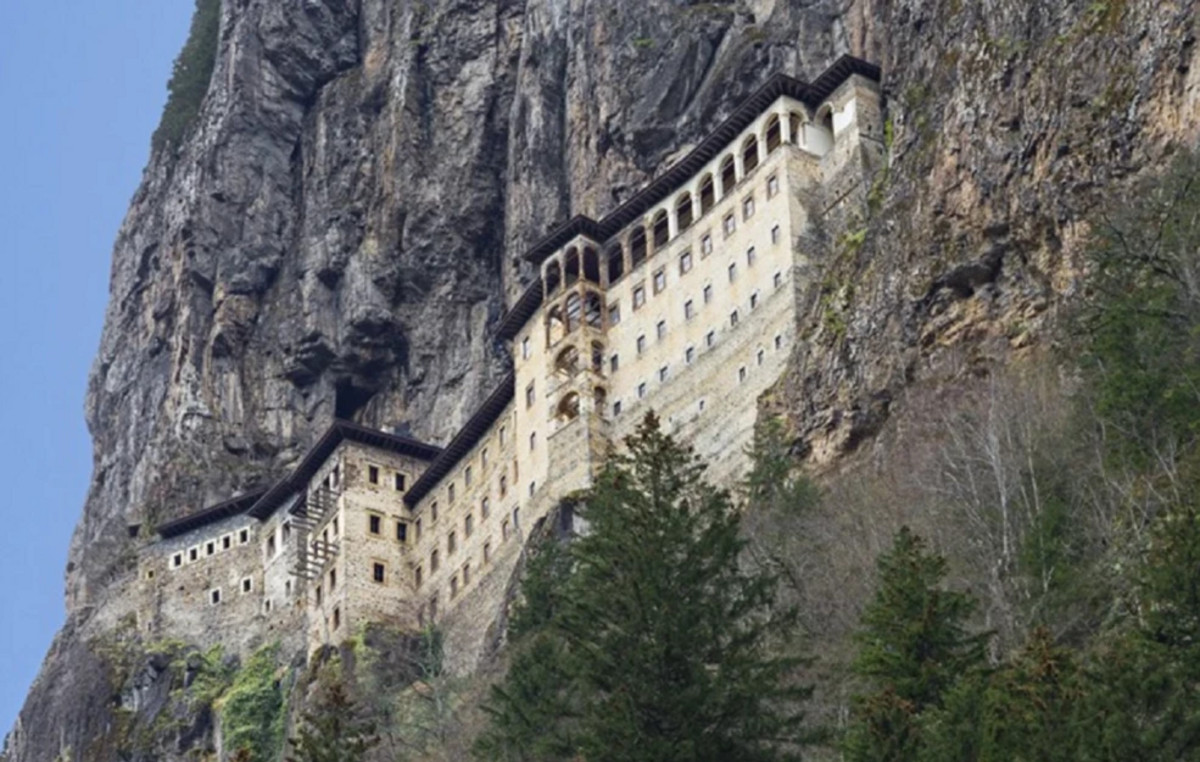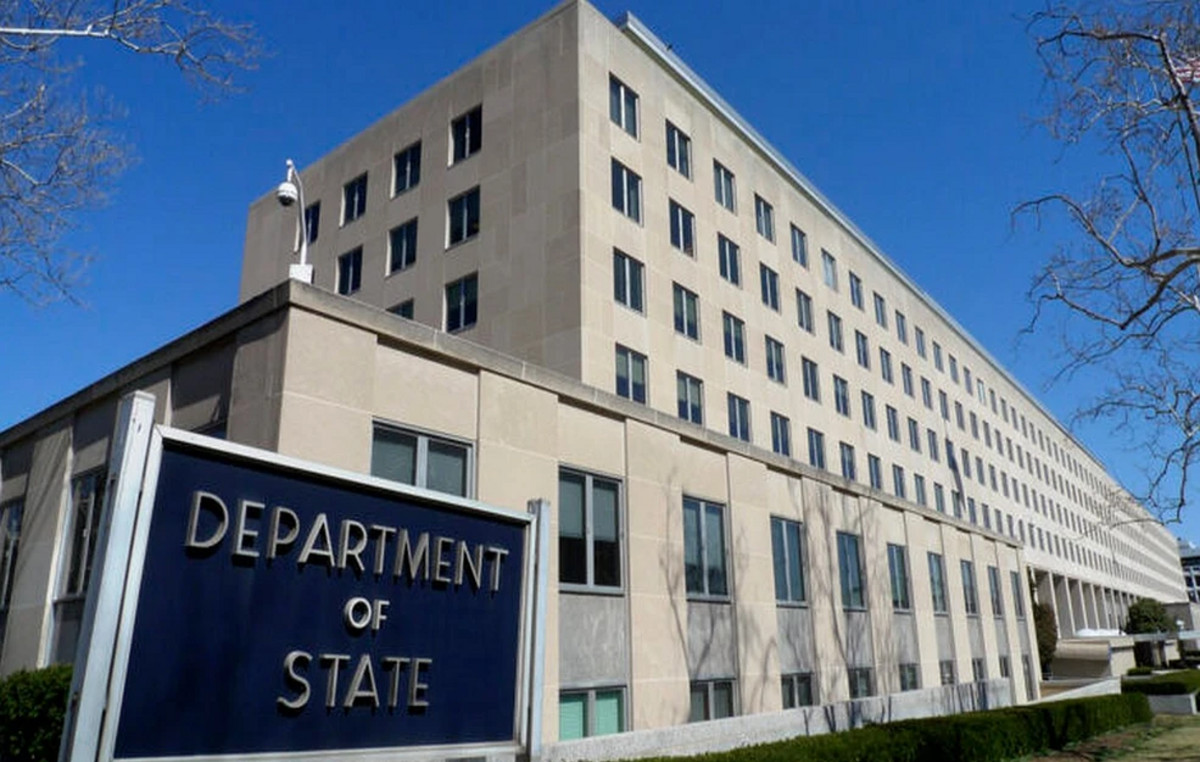Industrial production in Brazil grew in eight of the 15 locations analyzed by the Monthly Industrial Survey (PIM Regional) in April, compared to March, and increased by 0.1%. The result was released this Thursday (9), by the Brazilian Institute of Geography and Statistics (IBGE), a federal agency linked to the structure of the Ministry of Economy.
According to Bernardo Almeida, an analyst at the institute responsible for the consultation, macroeconomic aspects help to explain the low growth.
“This timid growth in April is due to factors such as high inflation, the low mass of income, which reduces family consumption, the increase in raw materials and the shortage of supplies. All this falls directly on the production chain, reducing the pace of industrial production”, he says.
The states that presented the greatest growth in production were Rio de Janeiro (5.9%), driven by the coke, petroleum products and biofuels sector, followed by metallurgy.
According to the institute, it was the best result for the Rio de Janeiro industry since July 2020, when the segment grew by 8%.
Then comes Santa Catarina, with an increase of 3.3%, credited by the survey to the good performance of the clothing industry.
Also among the highlights are the 3% increase in Bahia, 2% in Pernambuco, 1.9% in Pará, 1.5% in the Northeast, 0.5% in Rio Grande do Sul and 0.1% in Amazonas.
However, the 2.8% drop in São Paulo, the state that houses the largest industrial park in the country and accounts for 34% of production, was the main reason for a timid growth, as highlighted by Bernardo Almeida.
“The low performance of the motor vehicle sector and that of machinery and equipment had greater weight in this result”, understands the IBGE analyst.
In the 12-month period, according to the survey, the national industry reduced production by 0.3%. When only the months of 2022 are analyzed, 11 of the 15 locations surveyed showed a reduction in production.
In Pará, the drop reached 10.2%, followed by Ceará, with a reduction of 9%, and Santa Catarina, with 8.1%.
Source: CNN Brasil







